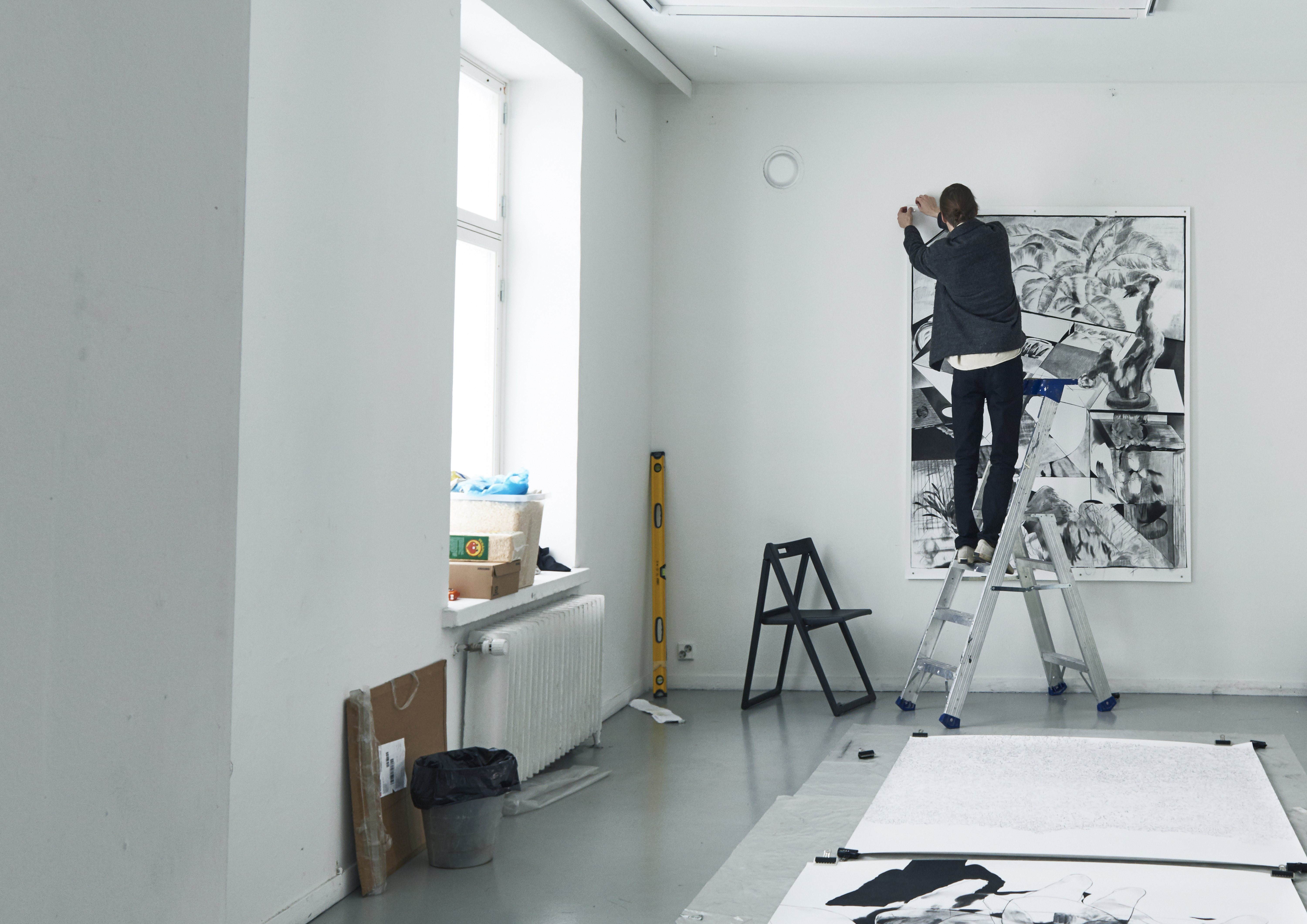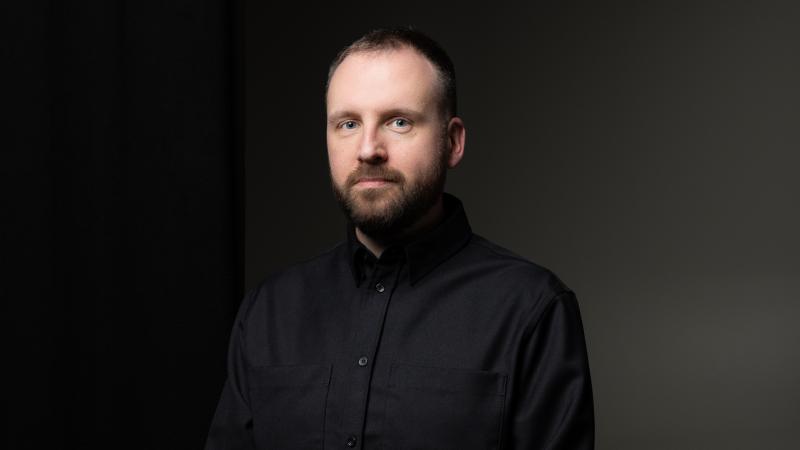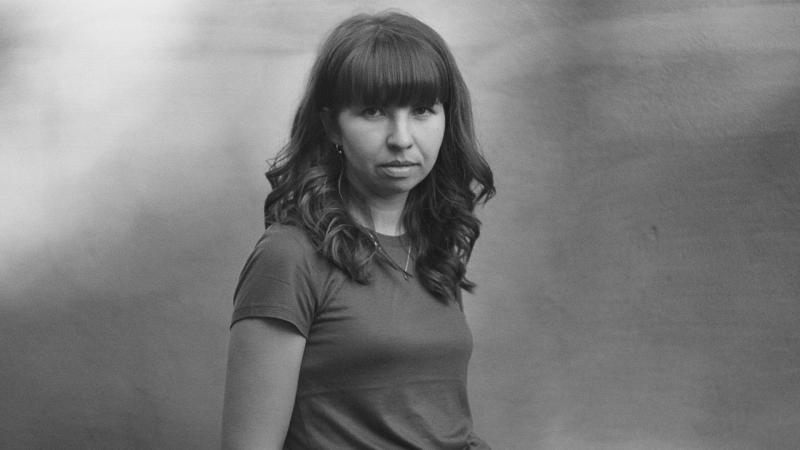Praxis – curating and writing in contemporary art, master
Study to become a contemporary art mediator and a responsible, critical and creative art professional alongside fine arts students.

Why study here?
The Praxis – curating and writing in contemporary art programme develops students’ ability to think and act in the field of exhibiting and mediating contemporary art. The goal is to understand the art world in relation to the surrounding society and the range of active roles within it.
Content and objective of the programme
Students in the Praxis programme study alongside the academy’s fine arts students. The programme trains contemporary art mediators, whose multidisciplinary activities and thinking come together in the public presentation of art. The aim of the programme is to educate responsible, critical and creative art professionals.
Praxis studies consist of the history, theory and contemporary discourse of contemporary art, curating and critical writing, as well as hands-on experience in exhibition and mediating practices. During their studies, students work with art students and artists in a variety of spaces, locations and contexts, including exhibition venues, public spaces, publications and digital environments. Studies emphasise the various cognitive, social and societal links of exhibiting, mediating and experiencing art.
The emphasis in the teaching is on small-group teaching. Teaching in the programme strives to reflect changes in contemporary art and society. During their studies and in their thesis projects, students specialise in a sub-field, theme or topic of their choice and receive support in their work.
Teachers
The teachers of the programme are established researchers, curators, writers and artists actively working in the field of contemporary art. Visiting teachers also provide teaching in the programme, and act as supervisors and examiners of students’ thesis projects.
Past visiting teachers and lecturers include Nikos Doulos, Nomaduma Rosa Masilela, Airi Triisberg, Natascha Caruana, Gigi Argyropoulou, Marina Vishmidt, Nisrine Boukhari, Basak Senova, SMITH, Rózsa Farkas, Lars Willumeit, Olivia Plender, Kasia Fudakowski, Maria Kapajeva, Pascal Gielen, Markus Kåhre, Eva Neklyajeva, Anails Lopez + Marga Rottewel, Nynnyt, Liisa Roberts, Koko Hubara, Caroline Suinner and Sofia Wekesa.
Doctoral studies
It is possible to complete a licentiate and a doctoral degree at the University as a third-cycle degree. After graduating with a master’s degree, you will have the option to pursue further studies in the Doctoral programme in fine arts, for example.
Student experiences
Target degree and length of study
Master of Arts (Art and Design)
2 years
Application period
Next possible time to apply is in January 2026. Studies begin in August 2026.
Application languages
English
Read more about our language skill requirements
Tuition fee
From August 2026, the annual tuition fee is € 28,000 for students who are studying in English and come from outside the EU and EEA countries.
Unit
Academy of Fine Arts
Ask about applying
kuva.admissions@uniarts.fi
See a recording of our students’ admissions chat 3 Dec 2024 on Youtube
Why study here?
The Praxis – curating and writing in contemporary art programme develops students’ ability to think and act in the field of exhibiting and mediating contemporary art. The goal is to understand the art world in relation to the surrounding society and the range of active roles within it.
Content and objective of the programme
Students in the Praxis programme study alongside the academy’s fine arts students. The programme trains contemporary art mediators, whose multidisciplinary activities and thinking come together in the public presentation of art. The aim of the programme is to educate responsible, critical and creative art professionals.
Praxis studies consist of the history, theory and contemporary discourse of contemporary art, curating and critical writing, as well as hands-on experience in exhibition and mediating practices. During their studies, students work with art students and artists in a variety of spaces, locations and contexts, including exhibition venues, public spaces, publications and digital environments. Studies emphasise the various cognitive, social and societal links of exhibiting, mediating and experiencing art.
The emphasis in the teaching is on small-group teaching. Teaching in the programme strives to reflect changes in contemporary art and society. During their studies and in their thesis projects, students specialise in a sub-field, theme or topic of their choice and receive support in their work.
Teachers
The teachers of the programme are established researchers, curators, writers and artists actively working in the field of contemporary art. Visiting teachers also provide teaching in the programme, and act as supervisors and examiners of students’ thesis projects.
Past visiting teachers and lecturers include Nikos Doulos, Nomaduma Rosa Masilela, Airi Triisberg, Natascha Caruana, Gigi Argyropoulou, Marina Vishmidt, Nisrine Boukhari, Basak Senova, SMITH, Rózsa Farkas, Lars Willumeit, Olivia Plender, Kasia Fudakowski, Maria Kapajeva, Pascal Gielen, Markus Kåhre, Eva Neklyajeva, Anails Lopez + Marga Rottewel, Nynnyt, Liisa Roberts, Koko Hubara, Caroline Suinner and Sofia Wekesa.
Doctoral studies
It is possible to complete a licentiate and a doctoral degree at the University as a third-cycle degree. After graduating with a master’s degree, you will have the option to pursue further studies in the Doctoral programme in fine arts, for example.

